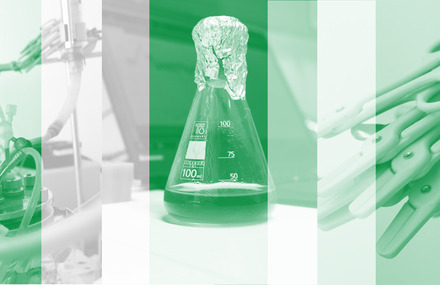Merrow Lab - Molecular Chronobiology
Research Topics
- Clock in the eurkaryotic cell
- Clocks in prokaryotes
- Sleep and Memory
What are our tools? We favour simple model systems, such as human tissue culture cells, Saccahromyces cerevisiae and Bacillus subtilis. We use entrained phase of the clock (when oscillations occur within a zeitgeber cycle) to understand how the clock functions. We follow molecular oscillations from RNA to protein to post-translational modifications, when possible, using high-throughput methods (luciferase and GFP reporters, proteomics and transcriptomics). We observe that clocks in the simplest systems share properties with those described over the last decades for organisms. This makes the concept of ‘circadian organisation’ – how the system comes together to function as an orderly unit - a central challenge for chronobiology research.
Selected Publications
Principles underlying the complex dynamics of temperature entrainment by a circadian clock.
Burt P, Grabe S, Madeti C, Upadhyay A, Merrow M, Roenneberg T, Herzel H, Schmal C.iScience. 2021 Oct 30;24(11):103370. doi: 10.1016/j.isci.2021.103370. eCollection 2021 Nov 19. PubMed
The Circadian Clock, the Brain, and COVID-19: The Cases of Olfaction and the Timing of Sleep.
Herz RS, Herzog ED, Merrow M, Noya SB.J Biol Rhythms. 2021 Oct;36(5):423-431. doi: 10.1177/07487304211031206. Epub 2021 Aug 15. PubMed
A circadian clock in a nonphotosynthetic prokaryote.
Eelderink-Chen Z, Bosman J, Sartor F, Dodd AN, Kovács ÁT, Merrow M.Sci Adv. 2021 Jan 8;7(2):eabe2086. doi: 10.1126/sciadv.abe2086. Print 2021 Jan. PubMed
A functional context for heterogeneity of the circadian clock in cells.
Merrow M, Harrington M.PLoS Biol. 2020 Oct 14;18(10):e3000927. doi: 10.1371/journal.pbio.3000927. eCollection 2020 Oct. Pubmed



